For sure if you are from the south, you remember standing at your wild honeysuckle vine and doing what we do when the fragrant blossoms blossom. Early in the spring, when running around in your barefeet was the right thing to do, you could choose the best flower on the vine, among hundreds that ranged from creamy white to fading light yellow, to get the tiniest, amber drop of honey.
It wasn’t honey of course. It was nectar. But there was a finesse to pinching just above the calyx (the science name for the little green round bulb at the base of the flower), just delicately enough so as not to sever the pistil. That way when you gently pulled the pistil out through the back end of the flower, the little drop of honey came with it. If you do this right, the little drop will settle on the creamy flower end and you can taste the most delicate sweetness. Just a drop. Just enough to make you want to pick another and do it again.
That is when I fell in love with honeysuckles. I didn’t start calling them by their formal, scientific genus name, Lonicera, until just recently.
Because I have been researching them. And collecting them.
The honeysuckle almost everyone is going to know is the Japanese honeysuckle, Lonicera japonica.
If I told you its not native to the US, where would you guess it was native?
And of course, you would be right. It was brought from Japan, or at least the far East in 1806 as a ground cover plant. It didn’t ‘escape’ to the entire eastern U. S. until the early 1900’s. I am sure it spread not just because it’s naturally invasive, but also because it is so sweet smelling and well, easy to grow. The problem is that it can be so good at growing that it will block out other plants. It basically will twine its viney way all over the place, spreading by seed, root, and cuttings, the only natural way to control it is to live in a place with the harshest of winters.
What you might not know, is that there are native honeysuckles here in the U.S. Among many other things they have a very recognizable feature, so if you see a vine you think is honeysuckle, all you have to do is give it this little test: check to see if the leaves are perfoliate. (Don’t you just love botanical terms? Yeah. I googled it too.)
Basically, instead of looking like this:
they look like this:
You see the difference? Perfoilate means that the two leaves are joined at the base, as if the stem and flower grew out of the middle. Quite distinctive, aren’t they.
Something about that appeals to me.
Maybe it’s because if you are in the woods and you see a viney honeysuckle you can always figure out if it’s a transplant or native to the U.S.
Very few things in life are that definitive.
That native honeysuckle is called coral honeysuckle, with the scientific name of Lonicera sempervirens ( sempervirens is Latin for evergreen, which the leaves are in the south). But right now, at least all over the lower Gulf Coast, its twining delicate tendrils around thousands of barbed wire fences, drawing in the hummingbirds that are traversing the continent to their summer home up north.
That one pictured above is on the fence between good neighbor Gene and the farm driveway.
For some reason, that species has evolved into even more other colored blooms.
Like this one:
You can’t really tell from this picture the loveliest, bright yellowness each of those flowers coming out of their perfoliate leaves. This one is blooming all along the split rail fence between the old and new barn. It’s a very happy plant. It’s botanical name is Lonicera sempervirens Sulphurea. (sulphur = yellow. Don’t you just love it when botany makes sense.)
Here is yet another twist of plant genetics for Lonicera sempervirens, the “Major Wheeler” version which should look like this:
But the little plants I put in last year down by the road fence had to suffer through the power company drowning them in some kind of herbicide. But, they hang on and I remain hopeful. They are resilient and will make it.
See:
And then there is my problem child honeysuckle. I have no idea how I ever found it. Probably Googling late one night when I couldn’t sleep. Very few places have the plant. And those that do, run out quickly. I imagine it’s because of how freaking difficult it is to grow!!! If Japanese honeysuckle grows at the drop of the hat, Lonicera reticulata, L. prolifera aka Kintzley’s Ghost, is as finicky as any plant I have ever tried to grow.
It has an interesting history.
One day while driving down a side street in Fort Collins, Texas, Scot Skogerboe (who is a wholesale nurseryman) saw it and slammed on his brakes. I like this man! That’s what I would have done. It was probably shining like silver dollars in the sun and he might have mistaken it for the stunning Silver Dollar Eucalpytus tree.
But it wasn’t a tree, it was a honeysuckle vine!
Scott went to the door of the house and an elderly gentleman told him that it was a family heirloom. Apparently in the 1880’s the man’s grandfather, William “Ped” Kintzley, had worked in the greenhouses at Iowa State University (then college) and found this unusual form. He propagated it himself, and over the years, gave plants as gifts to members of the Kintzley clan throughout the country.
One must assume that true to the generous souls of those who love plants, Ped’s grandson gave Scott a cutting.
It should look like this and apparently does look like this in Fort Collins:
Mine looks like this:
Out of 8 plants, I have two left.
If I’d been related to Ped he would have had to give me the plant over and over.
And over.
And over.
The information from growers says the following: “Kintzley’s Ghost is NOT prone to aphid infestations as are the other honeysuckle vines you are familiar with. It grows 10-20 feet in height, 2-5 feet wide, in zones 4-8, good to 8000 feet in elevation, somewhat drought tolerant after first two good growing seasons, showy in an “evening” garden. A PLANT SELECT AWARD 2006. Full sun/part shade. While vigorous, it is not unwieldy.”
We are zone 8. We aren’t above 8000 feet! We have drought!! KG should positively LOVE the farm.
I’m going to sweet talk it this weekend, because I have tried everything else. I ‘m going to tell it how much I love honeysuckles but of all of them, I’m positively crazy about Kintzley’s Ghost.
Positively.
What living thing can resist an avowal of love, my sweet ghosty honeysuckle, you problem child, you.
Sometimes botany can serve as a metaphor for life.

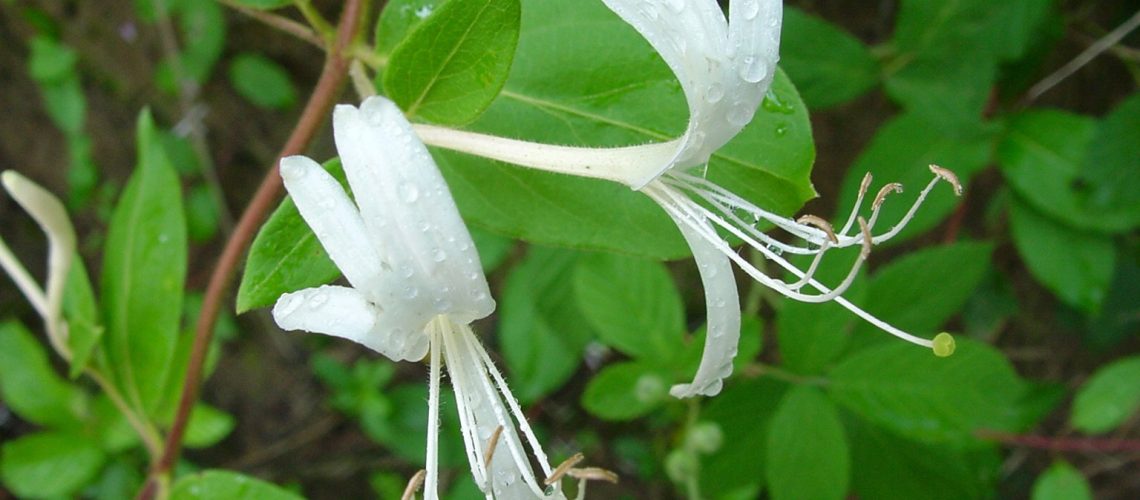
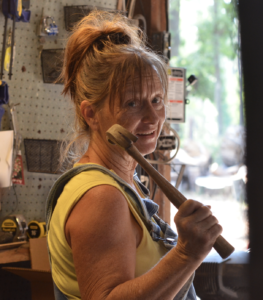


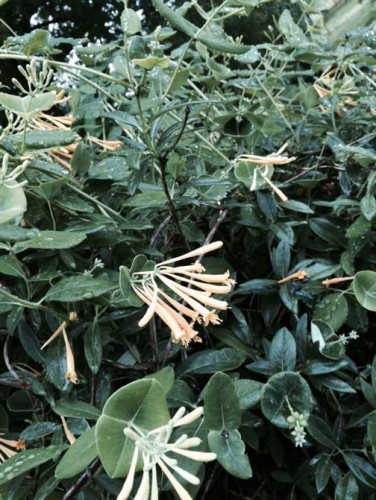
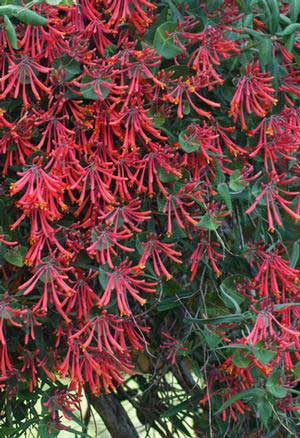
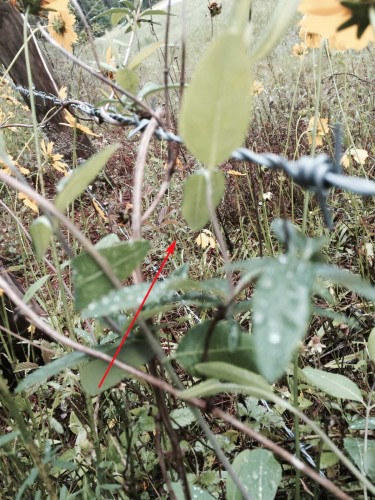

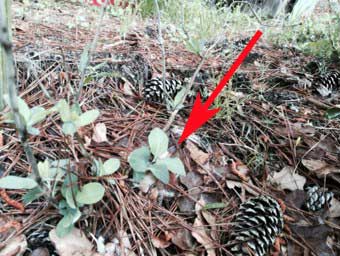


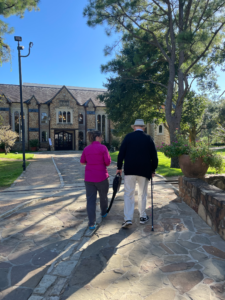
One Response
Amazing! Sure would love to see a living soeciman of KG! Love, love your article on honeysuckle. One of the first things I planted here 25 yes. ago. It’s gorgeous but quite ready to bloom yet. It shares originally shared a trellis with a beautiful thornless blackberry vine….which alas, is no more.